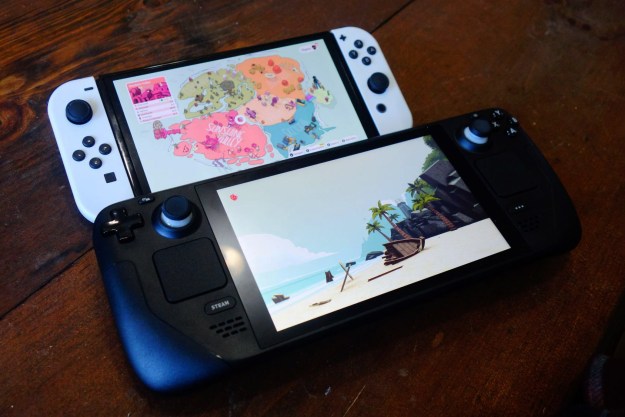But the process of creating these trailers hasn’t been as well-documented as other facets of game development. To offer some insight, EA sat down with MediaWorks employee Jonas Gammelholm to discuss how he created trailers for the just-released Need for Speed reboot.
“I create scenes for the Need for Speed trailers. That includes recording the vehicle animations (when a car drifts around a corner in the trailer, that’s exactly what we did in the game), the animation of the cameras, lighting of the scenes, rendering, and a whole bunch of other things,” Gammelholm says.
Gammelholm’s background was originally in machinima videos on YouTube, where he experimented with Crytek’s CryENGINE, and this appears to have been the perfect learning experience for creating trailers.
Cinematic artists receive an outline of the scenes, after which we independently begin with location scouting in the game. We simply play the game and document possible locations,” Gammelholm explains. The locations and scenes the team have selected are then transferred into the Frostbite engine, where they can move the camera to the desired angle.
While this process might sound simple, there have been cases of game trailer disasters in recent years. An Aisha Tyler-focused Watch Dogs trailer from 2013 showed off horribly outdated visuals, which creative director Jonathan Morin blamed on “a technician checking in the wrong stuff when the trailer was made.”
Need for Speed is out today for Xbox One and PlayStation 4, with a PC release coming next Spring. Thus far, the game has received lukewarm reviews, but there’s no denying that the launch trailer is a beauty.
Editors' Recommendations
- Need for Speed Unbound officially revealed — and it’s arriving very soon
- Final update will make Need for Speed: Heat EA’s first cross-play game
- New Star Wars Jedi: Fallen Order trailer looks the part, but is that enough?
- Need for Speed Heat blazes onto consoles and PC November 8


